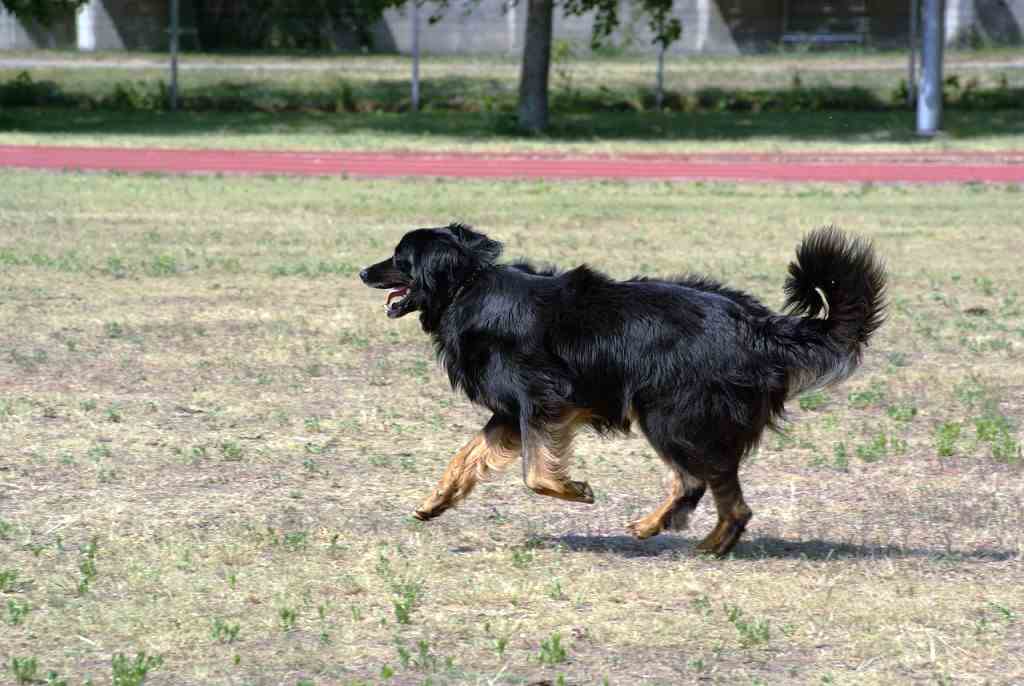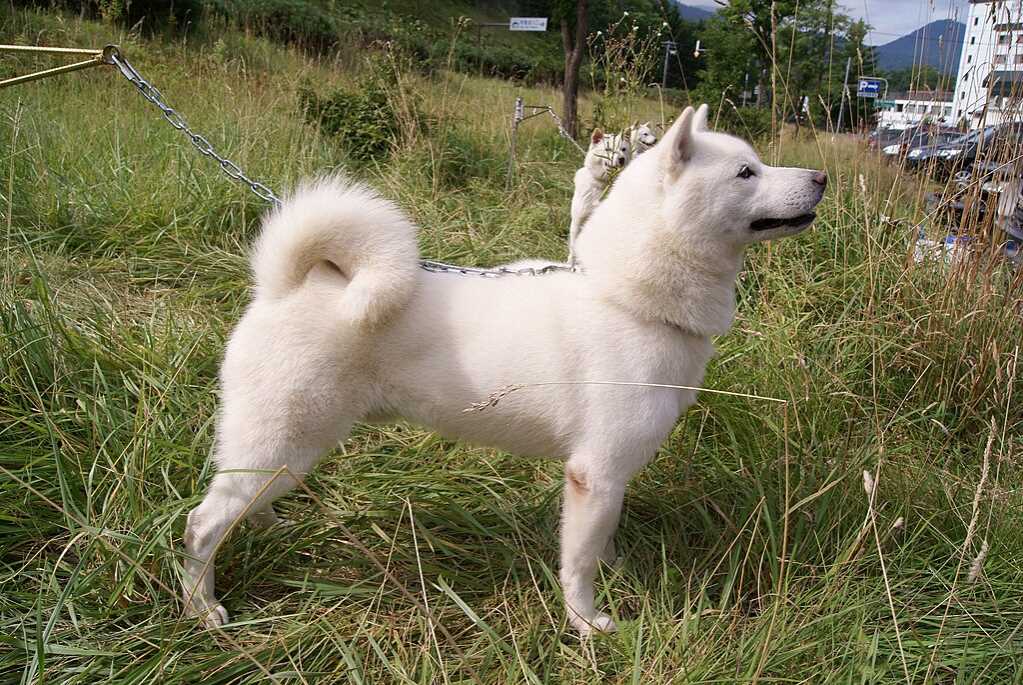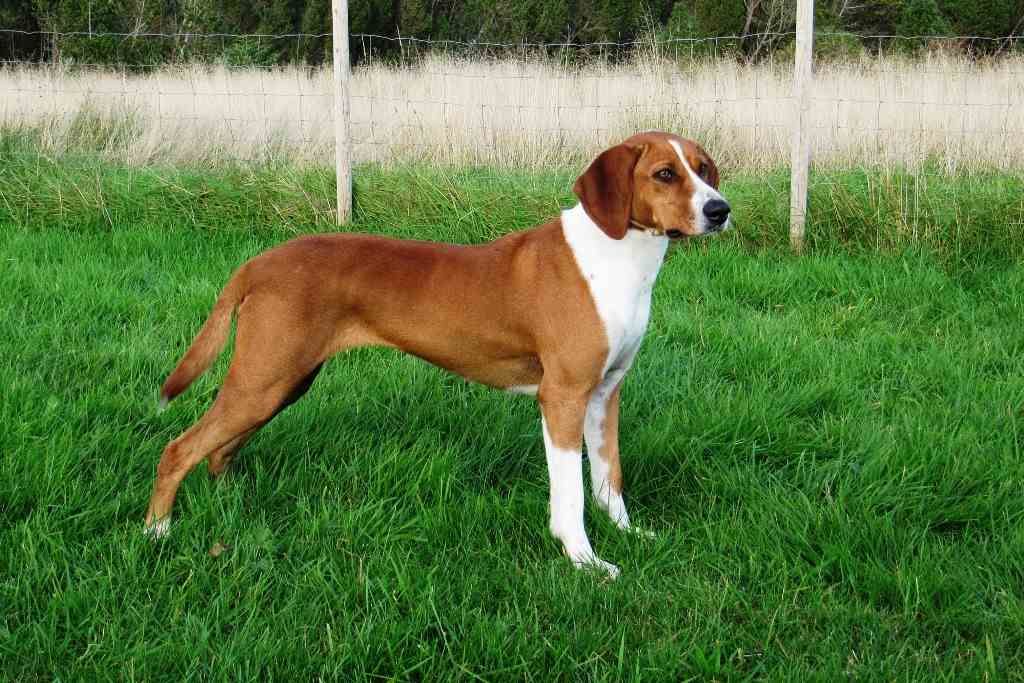The hovawart dog breed is very old; it was mentioned in texts and paintings from the Middle Ages in southern Germany and especially in the Black Forest and Harz regions. Gradually over time, this breed declined and almost disappeared around the time of the First World War. It was Kurt Friedrich König, together with his father Bertram König around 1922, who undertook the first attempt at breeding the breed. Various breeds were used for this selection; from Newfoundlanders, Leonbergers, Kuvasz and German shepherds.
Its name derives from the language spoken during the early Middle Ages, hova meaning “court” and wart “guardian”; in fact, these dogs are excellent guardians, both of property and of the family.
In the Middle Ages and until the nineteenth century, the term hovawart was used to refer indiscriminately to all dogs guarding farms, regardless of their appearance. It was at the end of the 19th century that this name began to be used to refer to farm guard dogs with a wavy coat and drooping ears, thus similar to the current breed standard of the hovawart.
In addition to being a guardian of the home, it is also used as a protector of herds and as a faithful companion of man when hunting wild boar. It is not a well-known breed except in its regions of origin and a few other European countries. In several countries, it is also used in the civil service as an avalanche dog, disaster dog, in the search for missing persons, as a guide dog for the blind, anti-drug dog and for military use.
Character of the hovawart dog breed
The hovawart is a good-natured, very well-balanced dog with a calm temperament. It is also very sensitive and needs the closeness of its owner. He needs a close relationship with his family, as he loves cuddles and is very sociable with what he considers his pack. On the contrary, with strangers it is rather wary, which is why it is an excellent guard dog. As far as his family is concerned, he is extremely protective, courageous and alert and loves playing with children, with whom he has a lot of patience.
He also stands out for his learning ability and his extraordinary intelligence. He suffers a lot from loneliness, so it is a good idea not to leave him alone for long periods. He generally has no problem living with other animals in the family, whether dogs, cats or farmyard animals.
Its upbringing and training must begin at a very early age, and some experience is needed; it is therefore not suitable for those who are new to dogs. It is a very self-confident animal, so it needs a consistent and unwavering master, who does not allow himself to be questioned, who establishes what the rules are and applies them firmly, bearing in mind also that this dog in adulthood will physically be very agile and powerful.
Therefore his training requires time, constancy and consistency, the dog must understand that his master is his pack leader and a guide he can trust.
It is a very energetic and active dog that needs lots of exercise and long walks.
Appearance of the hovawart dog breed
The hovawart is a medium-sized dog, the height at withers for a male being 63 to 70 centimetres and weighing around 40 kilograms. In this breed, the difference between males and females is very noticeable, in fact, the height at withers of the female ranges from 58 to 65 centimetres for a weight of around 30 kilograms.
It is a dog endowed with a solid and powerful body, slightly elongated, with straight, nerveless and agile limbs. The tail, which is longer than the hock, is very hairy and does not touch the ground.
The head is powerful, with a broad, rounded forehead. The muzzle also conveys the strength of this dog and the truffle is always large and usually black. The muzzle of the female is distinctly more tapered than in males. The eyes are generally dark brown and have a sweet and faithful expression. The ears are triangular and pendulous, set high and well spaced apart, ending in rounded tips.
The coat is strong, dense and slightly wavy with little undercoat. It is longer on the chest, belly, back of the forelimbs, thighs and tail. While it is shorter on the head and front of the limbs. There are three colour varieties: fiery black, black and blond.
Care and health of the hovawart dog breed
The hovawart dog breed is very robust and, thanks to the careful selective programme implemented by the German breed club, this dog also boasts excellent health. It is not affected by breed-specific diseases and even the most common hereditary ones are very limited. Consider that hip dysplasia, which is quite common in dogs of a certain size, in this breed is barely 4%.
Its robustness makes it suitable for activities as a herding dog, working dog and guard dog.
It has a tendency to put on weight, so a lot of time must be devoted to outdoor life and exercise, in addition to a balanced and controlled diet.
As far as coat care is concerned, its long coat requires no special care other than regular brushing to avoid knots. It does not suffer from the cold and despite its sparse undercoat it does not suffer from bad weather. It does suffer from heat, however, so it is best to move its activities to the summer, during the cooler hours of the day.


